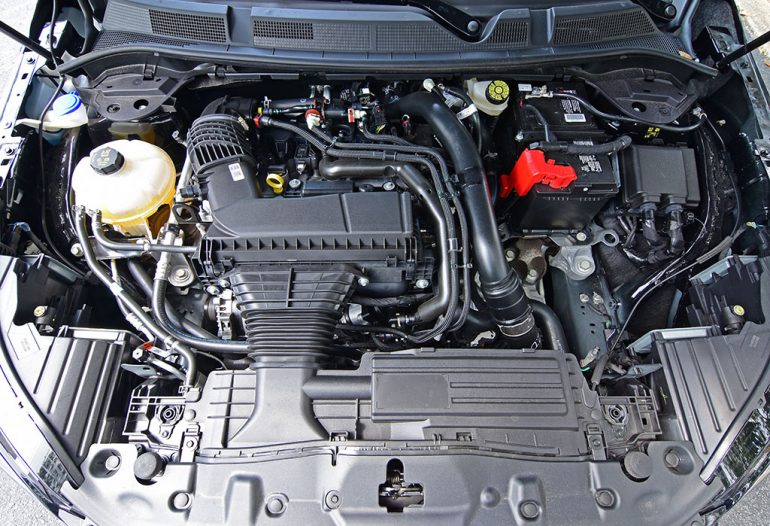
If readers are perusing this article, they are likely individuals who are not afraid to get their hands dirty when it comes to fixing up their vehicles. Let’s face it; car repairs can be quite expensive. However, what if there was a way to save cash while still getting the job done? That’s right, folks! We’re talking about the incorporation of second-hand car parts into your projects.
Before embarking on a quest to the nearest junkyard or scouring online marketplaces for used parts, it is crucial to have some knowledge beforehand.
Firstly, let’s delve into the advantages of using second hand car parts in Auckland for car repairs. To begin with, they are often significantly cheaper than purchasing brand-new OEM (original equipment manufacturer) parts from a dealership. Reusing functional parts saves money and helps protect the environment by reducing landfill waste.
But wait, there’s more! In most cases, used auto parts perform just as well as new ones, provided that one takes the necessary precautions when selecting them.
However, it is important to note that using used components comes with certain risks, potentially leading to serious road accidents. Therefore, it should be treated with utmost seriousness, especially when dealing with critical engine components like timing belt kits.
Implementing smart safety protocols, such as sourcing second-hand parts from legitimate sources like garages or auto-part dealerships and checking the history report and individual compatibility, goes a long way in ensuring safer journeys on the road.
Now that we have covered safety measures let’s discuss how to find those sought-after auto-part deals!
A sensible starting point would be to explore localized markets in respective cities, such as “Used Car Parts Auckland.” While e-commerce platforms like TradeMe exist, it is crucial to remain vigilant against scammers and search for trusted dealerships when engaging in transactions. Regularly checking the reviews of previous clients is highly recommended.
When searching for second-hand car parts online, knowing precisely what you are looking for is essential before embarking on your hunt. Verify your vehicle’s specific make, model, and year to ensure compatibility with the part you intend to purchase.
Additionally, pay close attention to the pictures and descriptions provided by sellers. Although an item may be listed as “compatible” with a certain car brand or model, unaware buyers may encounter compatibility issues during installation.
Now, let’s get back to business. Assuming you have successfully obtained some used parts, let’s incorporate them into your DIY repair projects. Here are a few tips to keep in mind:
Tip #1: Clean it up!
Follow proper cleaning procedures before installing any used component from a second-hand collection. Using white spirit or heavy-duty leather oil, along with rubbing alcohol, can save you time and money.
Tip #2: Consult the Maintenance Manual
Refer to user manuals and specifications provided by the original manufacturers to ensure you adhere to torque specifications and other standards. Following these guidelines will help prevent potential headaches, particularly with components like bolts, nuts, and fittings.
Tip #3: Tools and Software
Even seasoned mechanics can only be rendered effective with the right tools. Ensure you have all the necessary tools, such as hammers, screwdrivers, cutters, wrenches, and more. Additionally, consider investing in software like the Torque-Pro app, which allows for monitoring, diagnostics, horsepower and torque capabilities, and troubleshooting diagnostic codes via a smartphone. This can greatly simplify the repair and installation processes.
Certain jobs are better left to qualified mechanics, especially when safety or complex systems like braking or suspension are involved. Seeking professional help is always the best course of action in such situations. One wrong move could lead to long-lasting vehicular nightmares.
In conclusion, incorporating second-hand parts into your DIY car repairs can help you save money and reduce waste. However, it is crucial to do so safely and responsibly. You can embark on an affordable and successful car repair project by following proper safety protocols, finding reputable sources, and employing smart DIY tips. Happy tinkering!

Automotive Addicts Contributors are a collective of guest writers, industry professionals, and passionate enthusiasts who bring fresh perspectives to the Automotive Addicts platform. Focused on delivering timely news, in-depth reviews, and unique insights, these contributors help keep the site dynamic and engaging. Many use the platform to expand their reach and build credibility within the automotive media world, adding depth and variety to the content that drives the Automotive Addicts community.